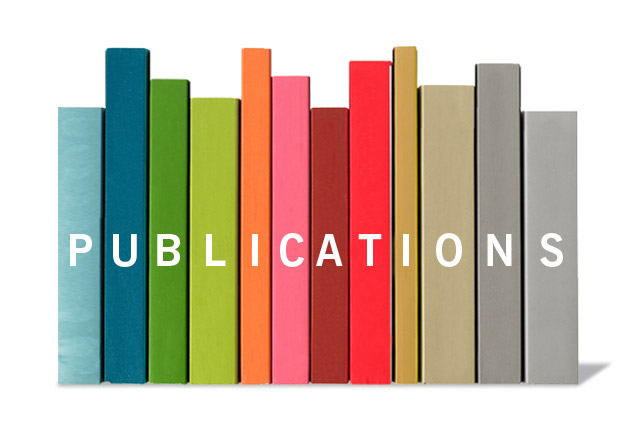ทฤษฎีความสัมพันธ์ระหว่างประเทศในศตวรรษที่ 21 (International relations theory in 21st Century)
Abstract
บทคัดย่อ
การวิจัยเรื่อง ทฤษฎีความสัมพันธ์ระหว่างประเทศในศตวรรษที่ 21 มีจุดประสงค์สำคัญคือ (1) เพื่อศึกษาพัฒนาการของทฤษฎีความสัมพันธ์ระหว่างประเทศ (2) เพื่อศึกษาทฤษฎีความสัมพันธ์ระหว่างประเทศในศตวรรษที่ 21 และ (3) เพื่อศึกษาประโยชน์และข้อจำกัดของทฤษฎีความสัมพันธ์ระหว่างประเทศ ผลการศึกษาพบว่า (1) การศึกษาทฤษฎีความสัมพันธ์ระหว่างประเทศเริ่มต้นจากงานเขียนของ อี. เอช. คาร์ร (E. H. Carr) เรื่อง The Twenty Years Crisis, 1919-1939 พิมพ์เผยแพร่ใน ค.ศ.1940 และงานเขียนของ ฮันส์ เจ. มอร์เกนทอ (H. J. Morgenthau) เรื่อง Politics Among Nations: The Struggle for Power and Peace พิมพ์เผยแพร่ใน ค.ศ.1948 ซึ่งเสนอมุมมองในสำนักสัจนิยมหรือการเมืองเพื่ออำนาจ ขณะเดียวกันก็ยังรักษามุมมองด้านเสรีนิยม อุดมคตินิยมหรือความร่วมมือระหว่างรัฐไว้ โดยวิตกว่าแนวคิดด้านสัจนิยมอาจทำให้เกิดการเปลี่ยนแปลงที่นำไปสู่ปัญหาในความสัมพันธ์ระหว่างประเทศได้ (2) ทฤษฎีความสัมพันธ์ระหว่างประเทศหลักในศตวรรษที่ 21 ที่ใช้อธิบายปรากฏการณ์หรือสถานการณ์ระหว่างประเทศ ได้แก่ สำนักสัจนิยม สำนักเสรีนิยม สำนักการประกอบสร้าง ทฤษฎีมาร์กซิส นอกจากนี้ยังมีทฤษฎีย่อย ๆ อีก 67 ทฤษฎี เช่น ทฤษฎีมาร์กซิสใหม่ ทฤษฎีสตรี ทฤษฎีกรีน (3) ประโยชน์ของทฤษฎีความสัมพันธ์ระหว่างประเทศคือเป็นกรอบความคิดในการอธิบายถึงสาเหตุของปรากฏการณ์และคาดการณ์แนวโน้มของสถานการณ์ที่เกิดขึ้น การศึกษาทฤษฎีความสัมพันธ์ระหว่างประเทศจะทำให้เกิดการตระหนักในตนเอง (self-awareness) ในการจะเลือกประยุกต์ทฤษฎีใดทฤษฎีหนึ่งมาอธิบายความสัมพันธ์ระหว่างประเทศตามอำนาจหรือขอบเขตที่ทฤษฎีจะอธิบายได้อย่างสอดคล้องกับปรากฏการณ์หรือสถานการณ์ที่ต้องการอธิบาย ส่วนข้อจำกัดของทฤษฎีความสัมพันธ์ระหว่างประเทศก็คือ แต่ละทฤษฎีมีอำนาจในการอธิบายปรากฏการณ์แตกต่างกันตามประเด็นปัญหาที่ต้องการอธิบาย
Abstract
The purpose of this research in to study (1) The development of international relations theory (2) International Relations Theory in 21st century and (3) The benefits and constraint of international relations theory. The study of the topic reveals that the study of international relations theory can be traced to E.H. Carr’s “The Twenty Years’ Crisis”, which was published in 1939 and to Hans J. Morgenthau’s “Politics Among Nations: The Struggle for Power and Peace” published in 1948 which presented the concept of realism or international politics in the struggle for power. The key theories that have shaped the world politics and globalization are Realism, Liberalism, Constructivism and Marxism. Apart from these theories, a further 67 theories of International Relations have emerged as a sub-set to explain the key theories such as neo-Marxism feminism, green theory. The benefit of international relations Theory is to conceptualize, explain and assess phenomenon. And the constraint of this theory is the power of explaining the situation or circumstances.




 Publication Policy (นโยบายการตีพิมพ์บทความ)
Publication Policy (นโยบายการตีพิมพ์บทความ) Publication Ethics (จริยธรรมการตีพิมพ์บทความ)
Publication Ethics (จริยธรรมการตีพิมพ์บทความ)